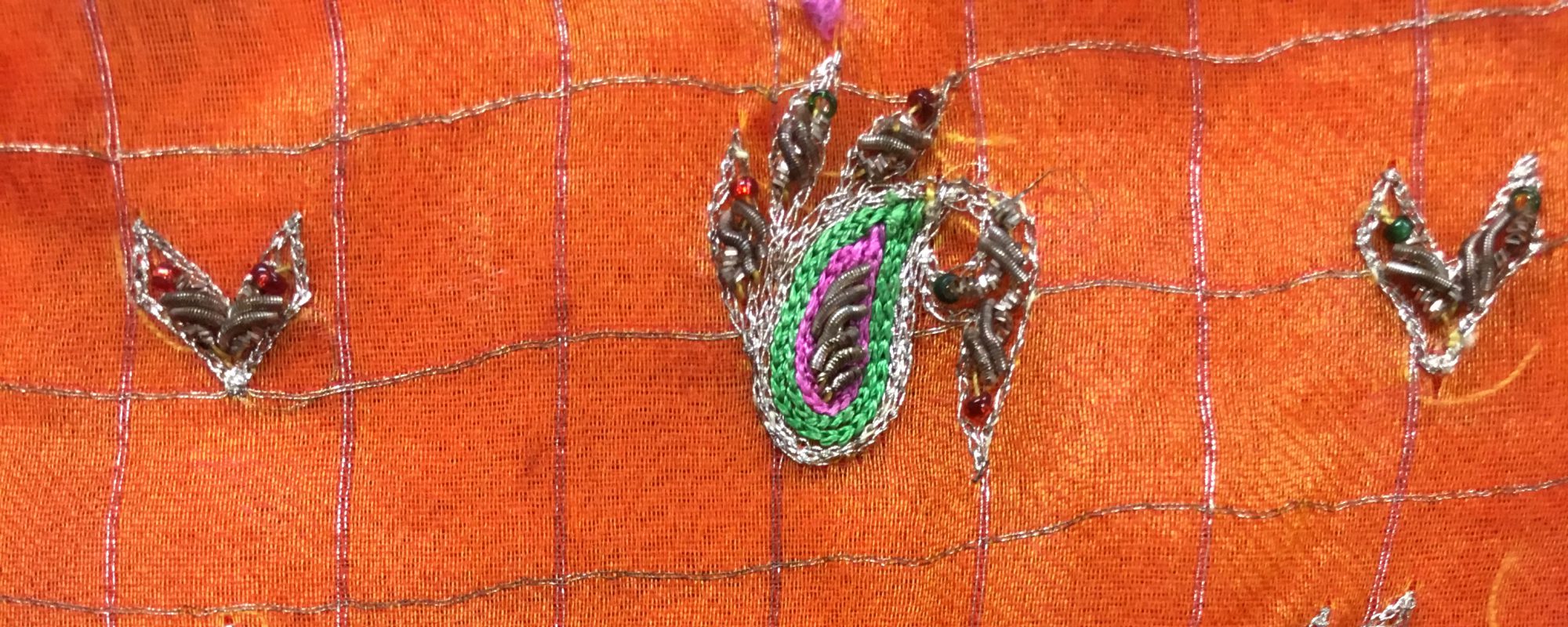During our time here in India, we have seen a variety of people both native and foreign. In most cases, the locals have been clothed in traditional wear, whether that be a sari, choli, turban, or kurta. Occasionally, our class encountered a group who were obviously tourists such as ourselves. Some of the tourists were seen wearing the same clothes as the locals. Are these instances considered cultural appropriation? Or are they simply an example of foreigners showing appreciation for the Indian culture through their manner of dress? These are difficult questions with no clear and immediate answer.
Cultural appropriation is described in the Oxford Dictionary as “the taking over of creative or artistic forms, themes, or practices by one cultural group from another.” Appropriation generally occurs at the expense of a minority cultural which is of a lower complex regarding social, political, military, or economic status and typically ensues without a complete understanding or desire to discover the origin of the culture’s practice. This results in important cultural aspects of dress, practices, and beliefs being converted into meaningless “pop-culture fads” or used as entertainment for the viewing pleasure of the imitating culture group.

(Supermodel Heidi Klum dressed as the Hindi goddess, Kali, for Halloween. Photo taken from CNN)
On the contrary, cultural appreciation is learning of another culture’s significant artifacts with respect and dignity. It is learning to value the origins of the culture’s practices and having an intrinsic desire to further discover and uplift the opinions and voices of an oppressed culture.
Visiting the Taj Mahal, our class encountered many similar student groups from across the globe. Some looked to be of Caucasian descent but were clothed in embellished cholis, full skirts, and saris. Could this be an example of cultural appropriation? Given the context and location of the encounter, the class and I did not interpret it in this way. Though, The Meaning of Dress, looks at how one dresses themselves as “powerful because it communicates who one is and who one is not,” I found that in them dresses in cultural clothing as a way to communicate a desire for learning more about the Indian culture—starting first with its manner of dress. Seeing as the other students were wearing the cultural clothing at the Taj Mahal, it could be inferred that the students did have a general longing to appreciate India’s architect and clothing. Another interpretation of the encounter can be traced to my preexisting Western beliefs and connotation revolving around the term appropriation. In my eyes and coming from an American background, any form of taking elements from another cultural for social gain or approval is seen as problematic because it reinforces imperialism and can lead to racism. However, from an Indian local’s point of view, they can just as easily view this action as a form of flattery and a foreigner’s take on the country’s beautiful textiles and craftsmanship. Lastly, these traditional garments could have been worn out of support and aspiration to outreach and display to others, India’s rich culture, and fabric.

Seeing the other Caucasian student groups sporting the Indian cultural clothing, I was intially taken aback. My initial thought was that the clothing was being misused and handled inappropriately. However, upon further reflection, and in seeing how the natives responded to the student groups, I was able to form a more articulate and positive attitude on the matter.
Works Cited
Lynch, A., & Strauss, M. D. (2015). Ethnic dress in the United States: a cultural encyclopedia. Lanham: Rowman & Littlefield.
Miller-Spillman, K. A., Reilly, A. H., Hunt-Hurst, P., & Damhorst, M. L. (2012). The Meanings of Dress. New York: Fairchild Books, Inc. Retrieved January 14, 2017.






